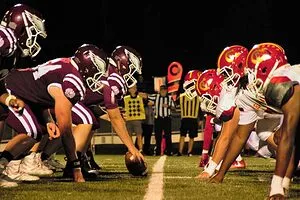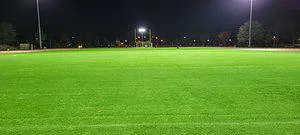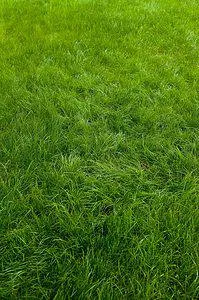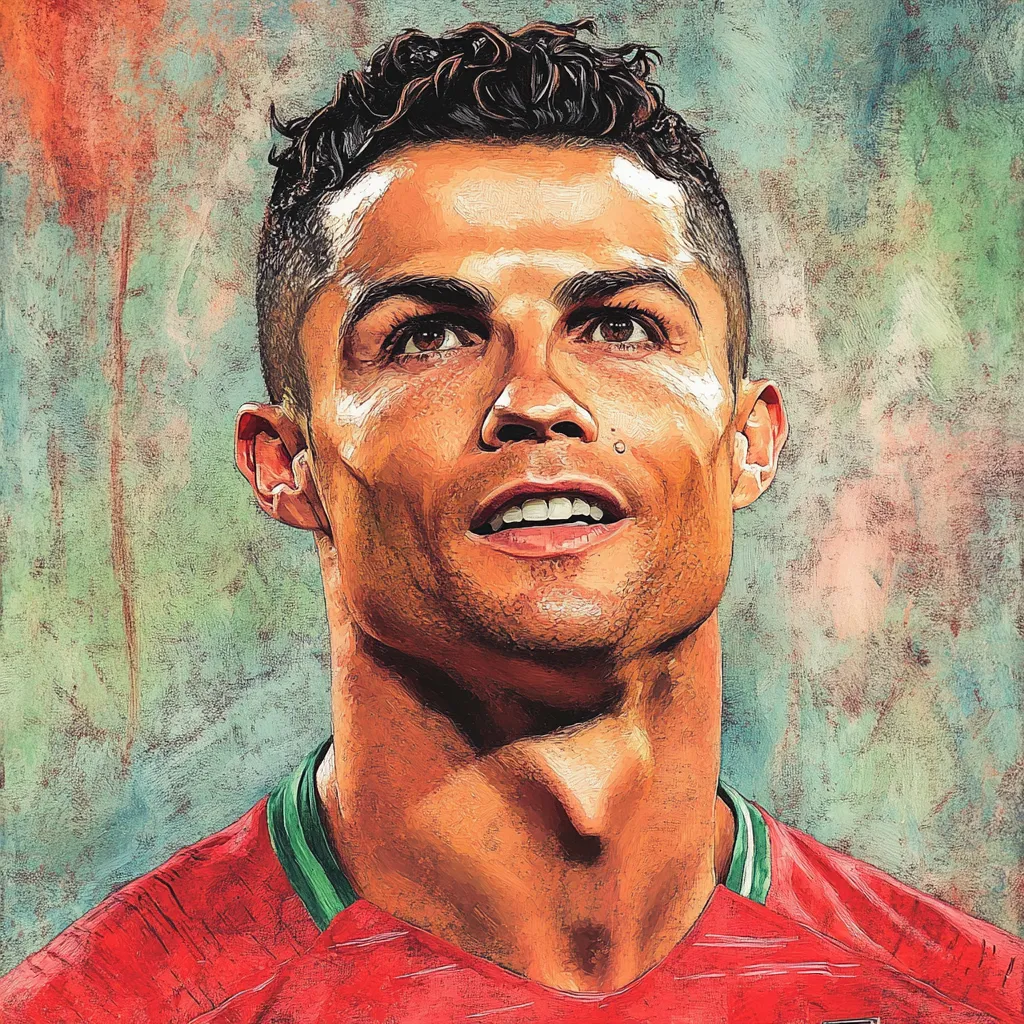As a soccer or football player, you know that having the right cleats can make all the difference on the field. Choosing the right cleats can affect how well you play, how comfortable you are, and how likely you are to get hurt. But because there are so many choices, it can take effort to figure out which type of cleats are best for you. Choosing between Soccer cleats vs Football cleats can be a hard decision, especially if your preferred style is not available.
Cleats for Soccer
Soccer cleats also called football boots or soccer boots, are shoes made for playing soccer. Soccer cleats are designed with a low-cut top and rubber or synthetic outsole with studs, which are small protrusions that grip the field.
Soccer cleats have studs that can be round, cone-shaped, or blade-shaped. They can also be made of rubber, plastic, or metal. Cleats are made to help soccer players do better on the field by giving them more grip, stability, and support.
American Football Cleats

Football cleats, also called American football boots, are shoes made just for playing American football. They usually have a high top and an outsole made of rubber or synthetic material with studs, which are small protrusions that grip the field. Football cleats have studs that can be round, cone-shaped, or blade-shaped. They can also be made of rubber, plastic, or metal.
The goal of football cleats is to help players do better on the field by giving them more grip, support, and stability.
There are different football cleats, each for a different position or style of play. Linemen might like football cleats with a wider base and more stability, while receivers and running backs might like lighter, more agile cleats.
Quarterbacks and kickers may prefer to wear football cleats with a longer, more flexible outsole for better grip and stability when passing or kicking.
Some football cleats also have a toe stud, a small protrusion on the toe of the cleat that can help with quick starts and cuts.
Soccer cleats vs Football cleats – What is the difference?
Football cleats typically have a more rigid sole designed to provide traction on grassy surfaces. On the other hand, soccer cleats usually have a softer sole and are designed to provide a better grip on artificial turf or hard ground surfaces. Football cleats also tend to be heavier than soccer cleats, as they need more support for the ankle during the game.
This difference between soccer and football cleat design can change how well the cleats fit and work in each sport. Soccer cleats might not offer enough support or protection for football’s wild and physical nature. At the same time, football cleats might be too heavy for soccer’s quick and agile movements.
Not only do soccer and football cleats look different, but they also have different stud patterns. If you wear soccer cleats for football, you might have less traction or stability on the field, which can be especially bad for linemen and linebackers.
Do you need Cleats to Play on a soccer field?
When playing soccer or football, you need to wear cleats. Soccer and football cleats give players grip, support, and stability on the field, which can help them with ankle support and keep them from getting hurt. They can also help you make certain moves more effectively, like quick cuts or quick starts.
Even though you can play fine sometimes without cleats, it is not a good idea. Cleats are made to help you play better and protect your feet on the field. For instance, if you don’t have cleats and are playing on a grass field, you might slip and slide, hurting your speed, agility, and overall performance. Also, if you don’t have cleats and play on a turf field, you might need more grip to cut quickly or change directions.

When picking cleats, you should consider your position, the surface you play on, and your preferences. Different cleats are made for different positions and playing surfaces, and what works for one player might not work for another. For example, a striker may want light and easy to move in, while a defender may want cleats that offer more support and protection.
In the same way, a soccer player who plays on grass may like cleats with shorter, closer-together studs, while a player who plays on turf may like cleats with longer, more spaced-out studs. Your needs and preferences will ultimately determine which cleats are best for you.
Different Types of Soccer cleats
There are different kinds of cleats, each for a different type of field or style of play.
Here are a few types of soccer cleats you might see:
Firm-ground (FG) cleats are made for natural grass fields with shorter and closer studs for better grip. They are the most common soccer cleat and work well on grass fields.

- Soft ground (SG) cleats have longer, more widely spaced studs that work better on muddy or wet fields. They are usually used when the ground is wet or muddy, like during the rainy season.
- Artificial grass (AG) cleats have shorter, more tightly packed studs made of a harder material, like plastic or metal, to provide grip on synthetic surfaces. They are made to be used on fields with fake grass, like turf.
- Indoor soccer cleats have a flat outsole that doesn’t leave marks. They are made for indoor surfaces like turf or wood. They are usually light and quick and have few or no studs.
Besides these kinds of cleats, there are also ones for different play styles. Players who like to attack, like forwards or attacking midfielders, might like soccer cleats that are light and focused on speed.
On the other hand, soccer cleats with more support and protection might be better for defenders. Goalkeepers might like soccer cleats with a flat outsole and a wider base to dive more comfortably.
When picking a pair of cleats, you must consider your position, the surface you play on, and your preferences. Your needs and how you play will determine which cleats are best for you.

If you are a goalkeeper who plays on turf, you may want cleats with a flat outsole and a wider base for stability. Think about what you need and try on different cleats to find the ones that fit you best and help you play the best.
Football and soccer cleats are specialized shoes designed to improve performance and prevent injury on the field. They have some similarities but differ in design, stud configuration, and intended use.
Soccer cleats are usually lower cut and lighter, focusing on agility and speed. In contrast, football cleats are usually higher cut and heavier, focusing on stability and protection.
There are different soccer cleats for different playing surfaces and styles, such as those for firm ground, soft ground, artificial grass, and indoor soccer.
When looking for a pair of cleats, you must consider your position, the field you play on, and your personal preferences.
